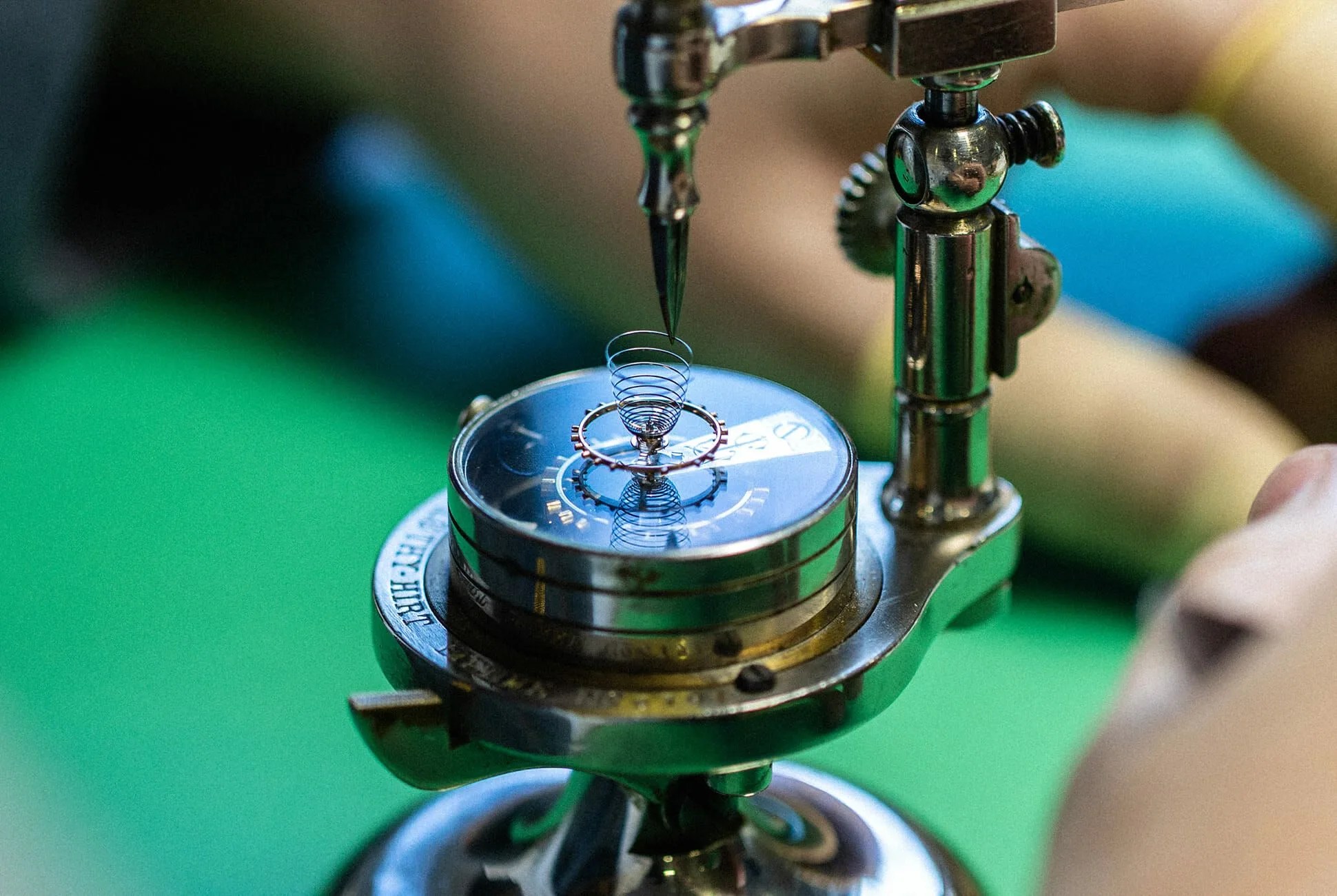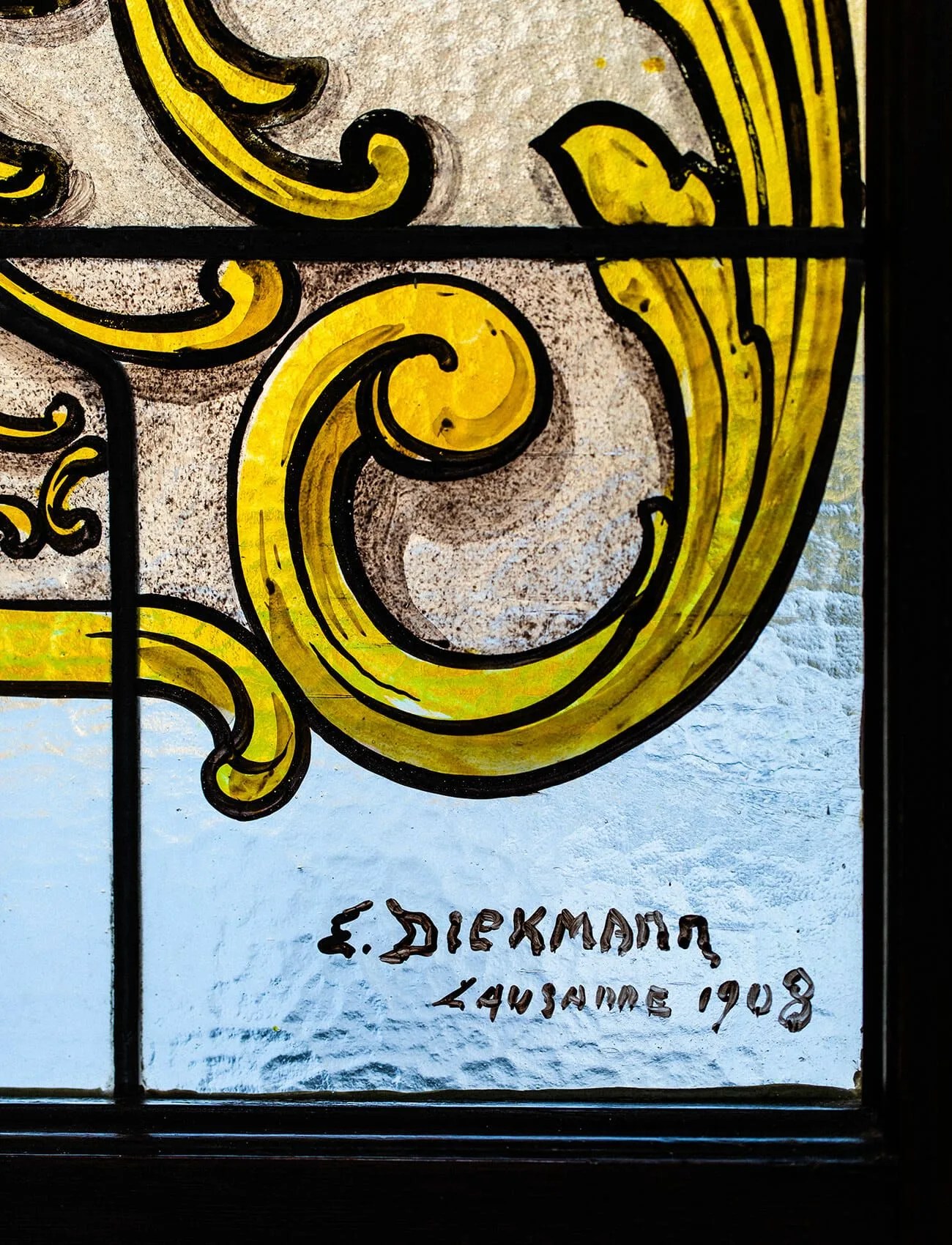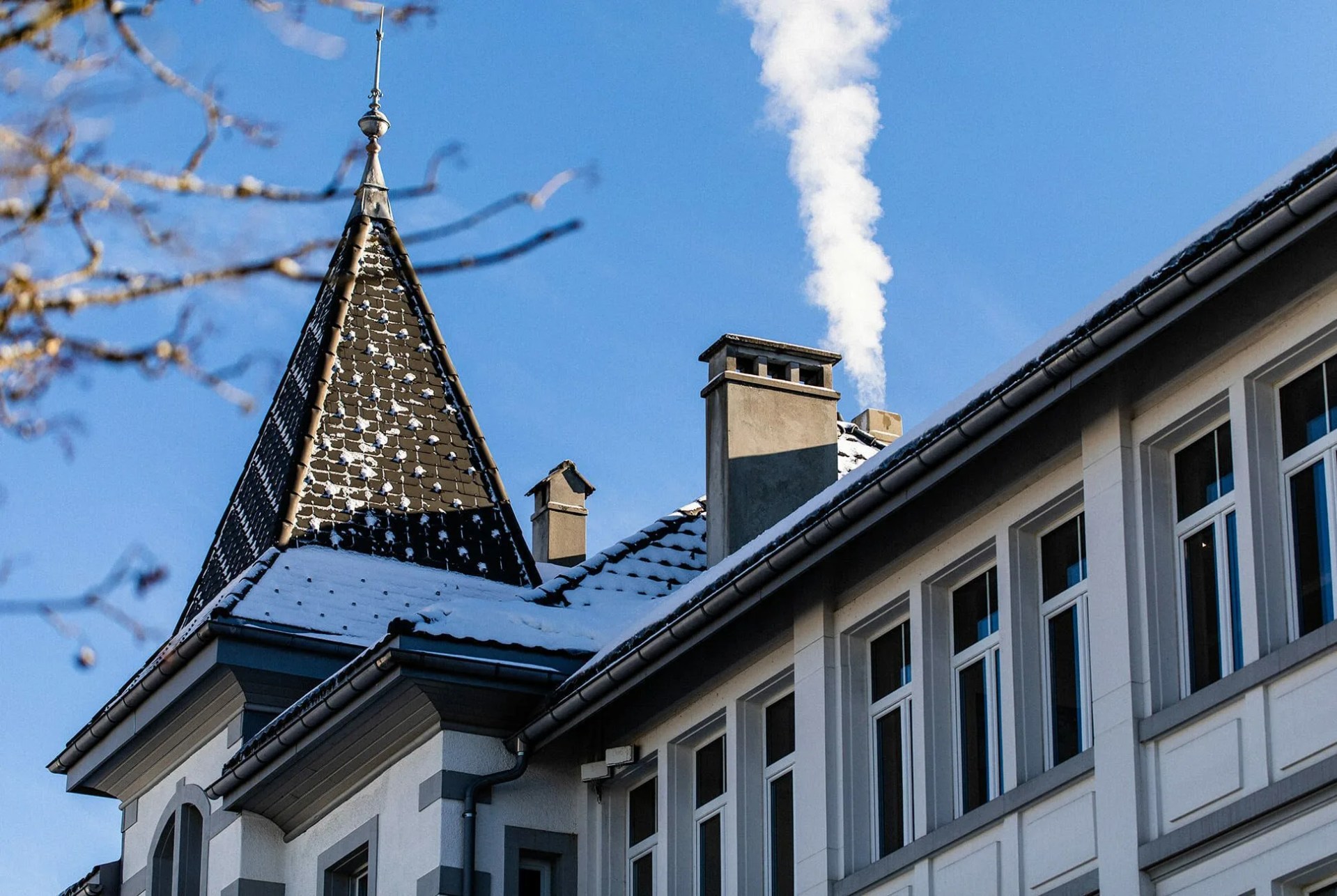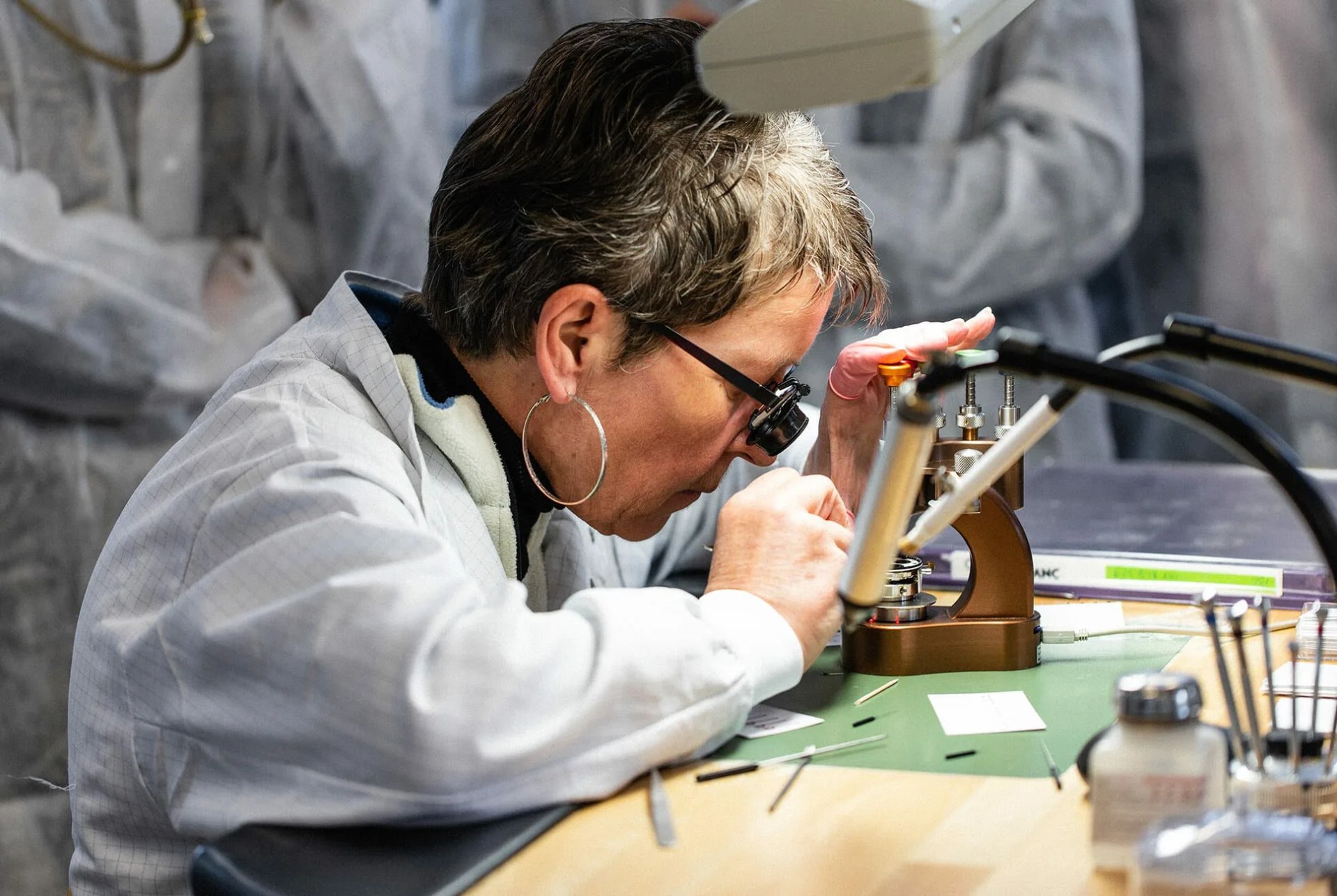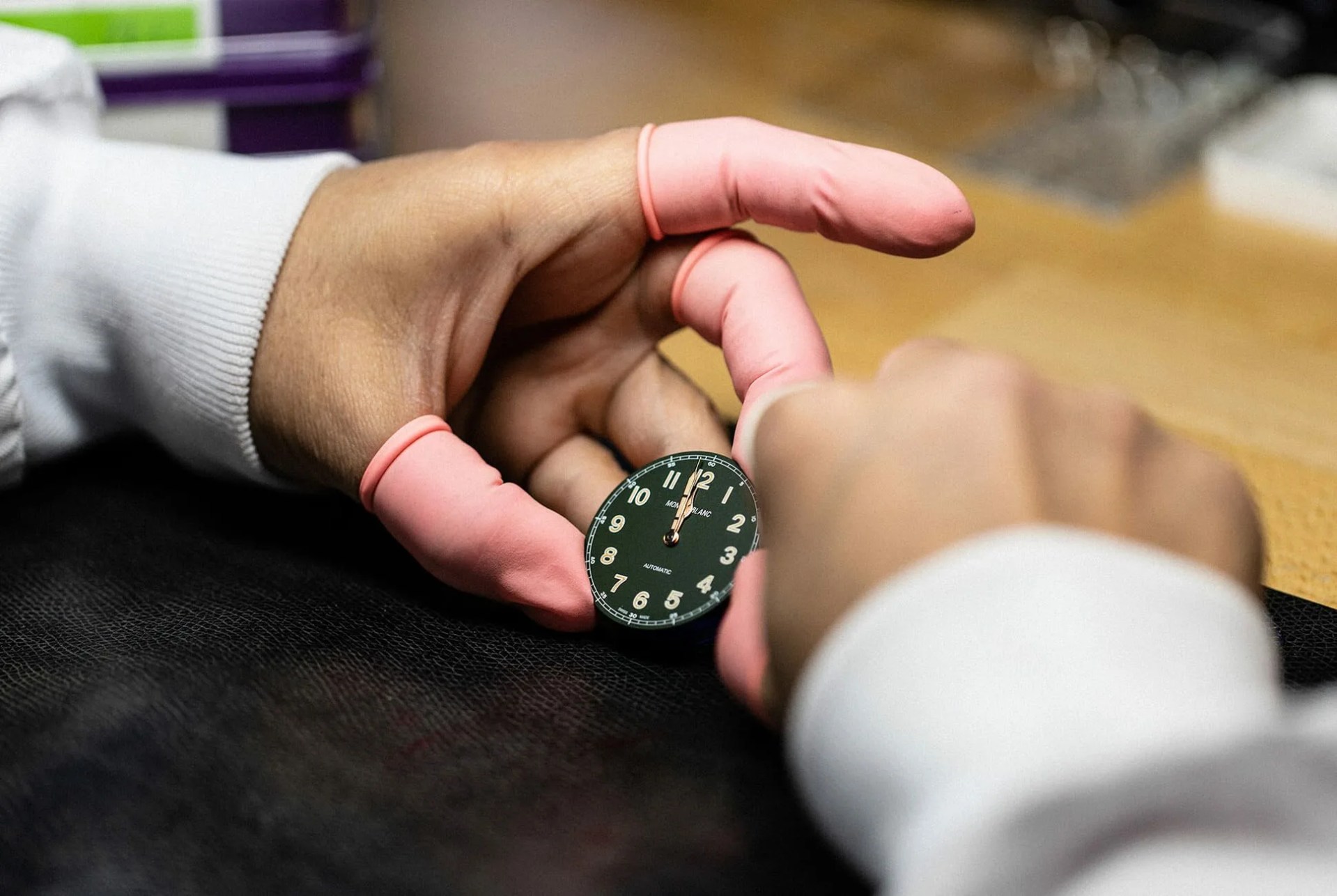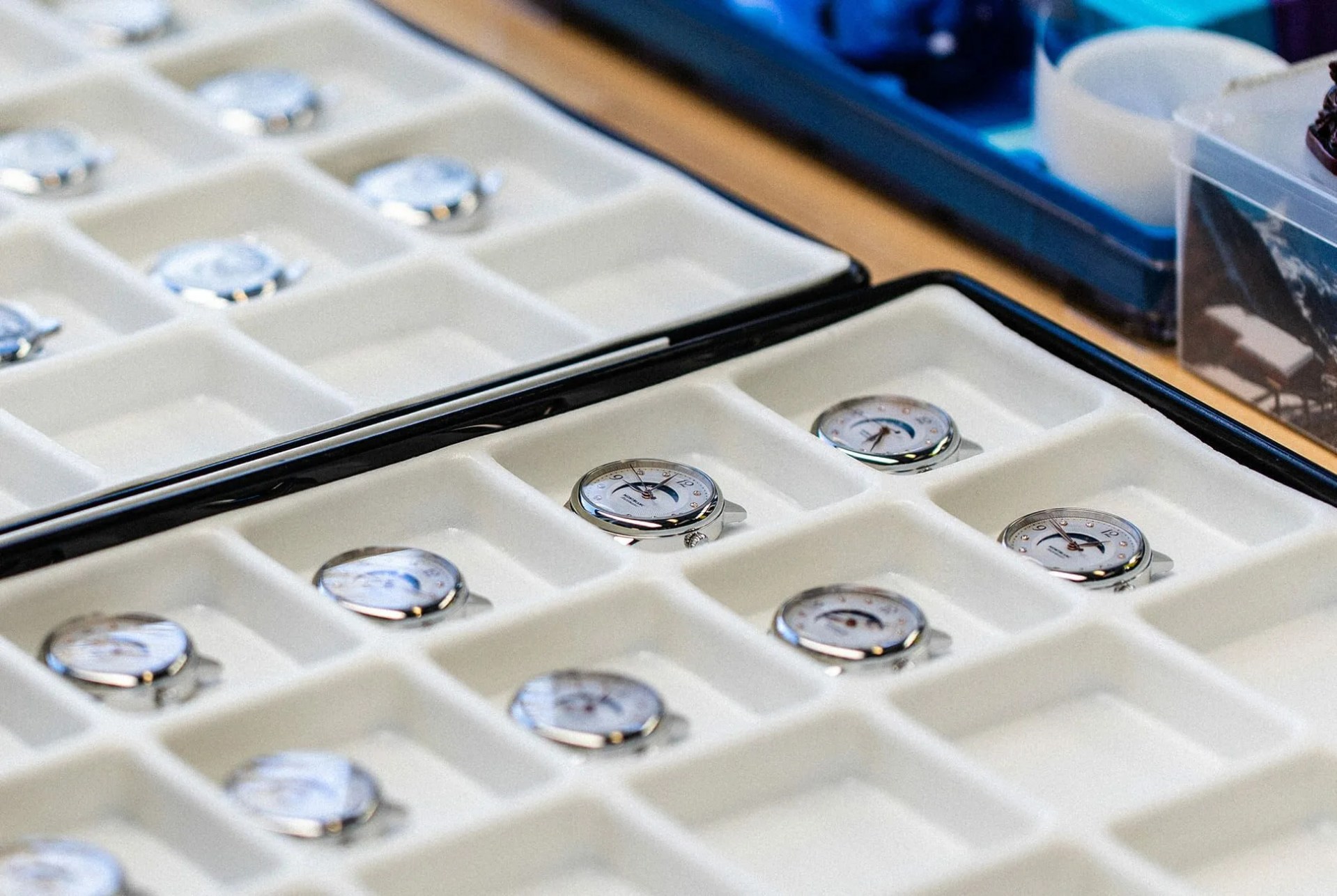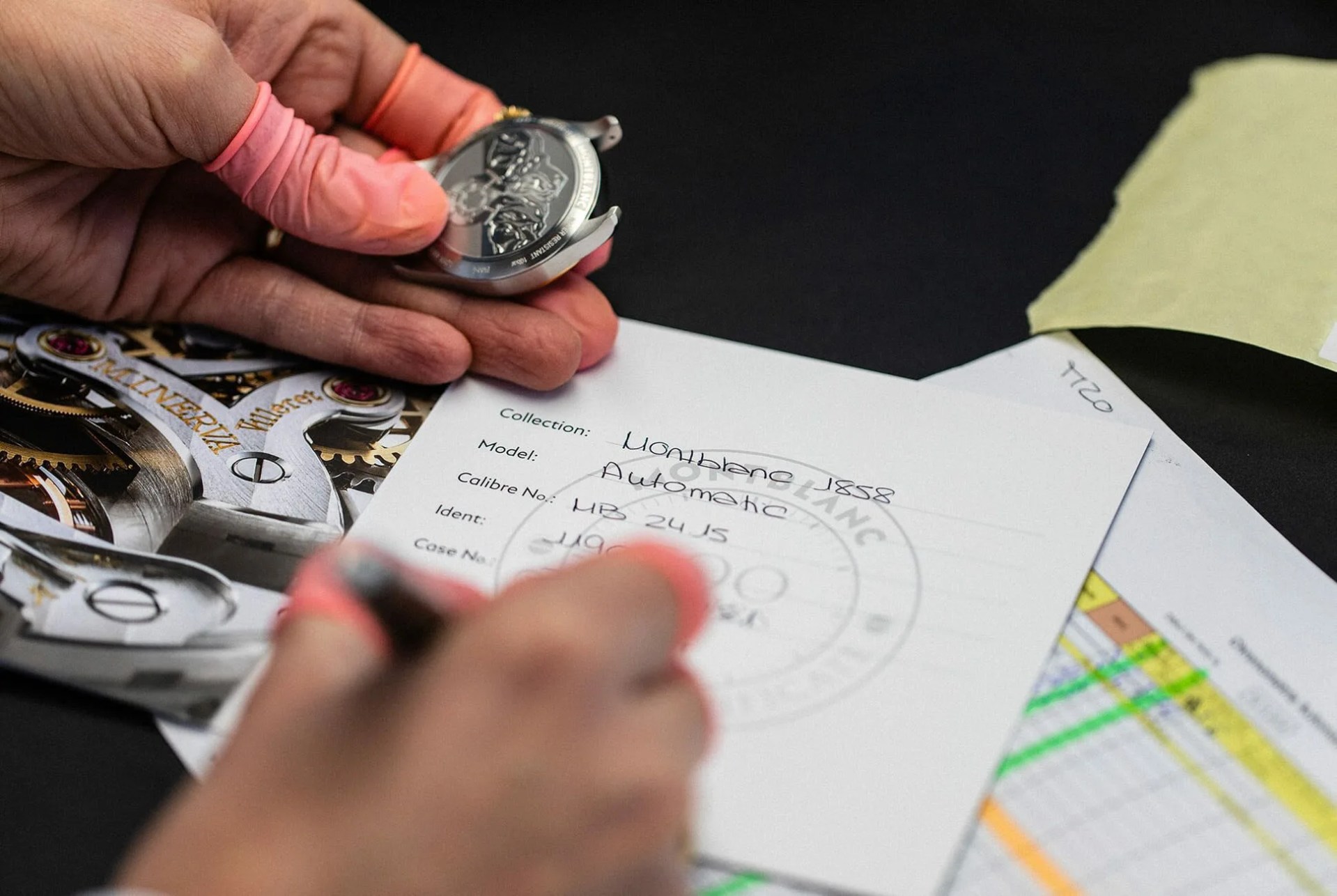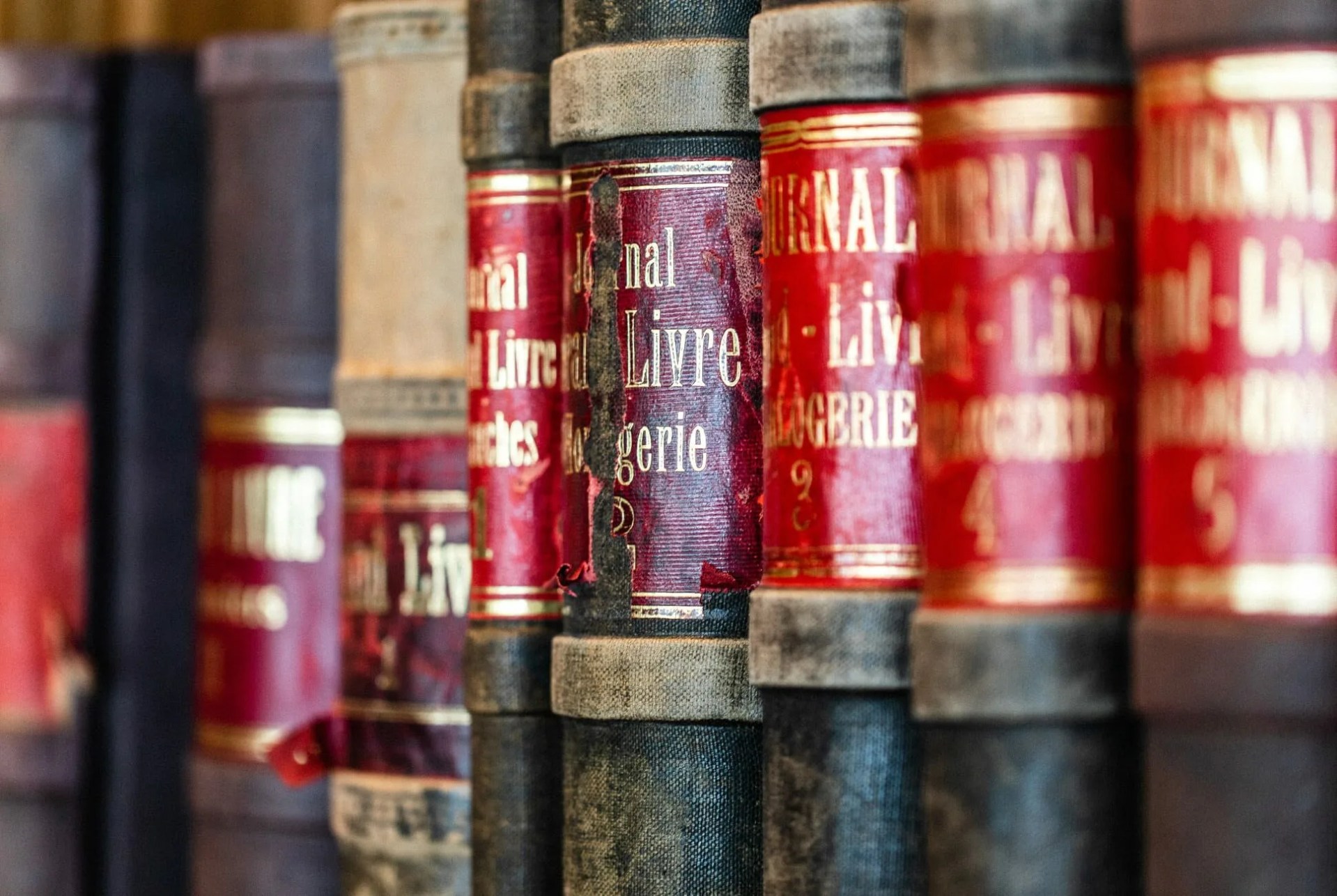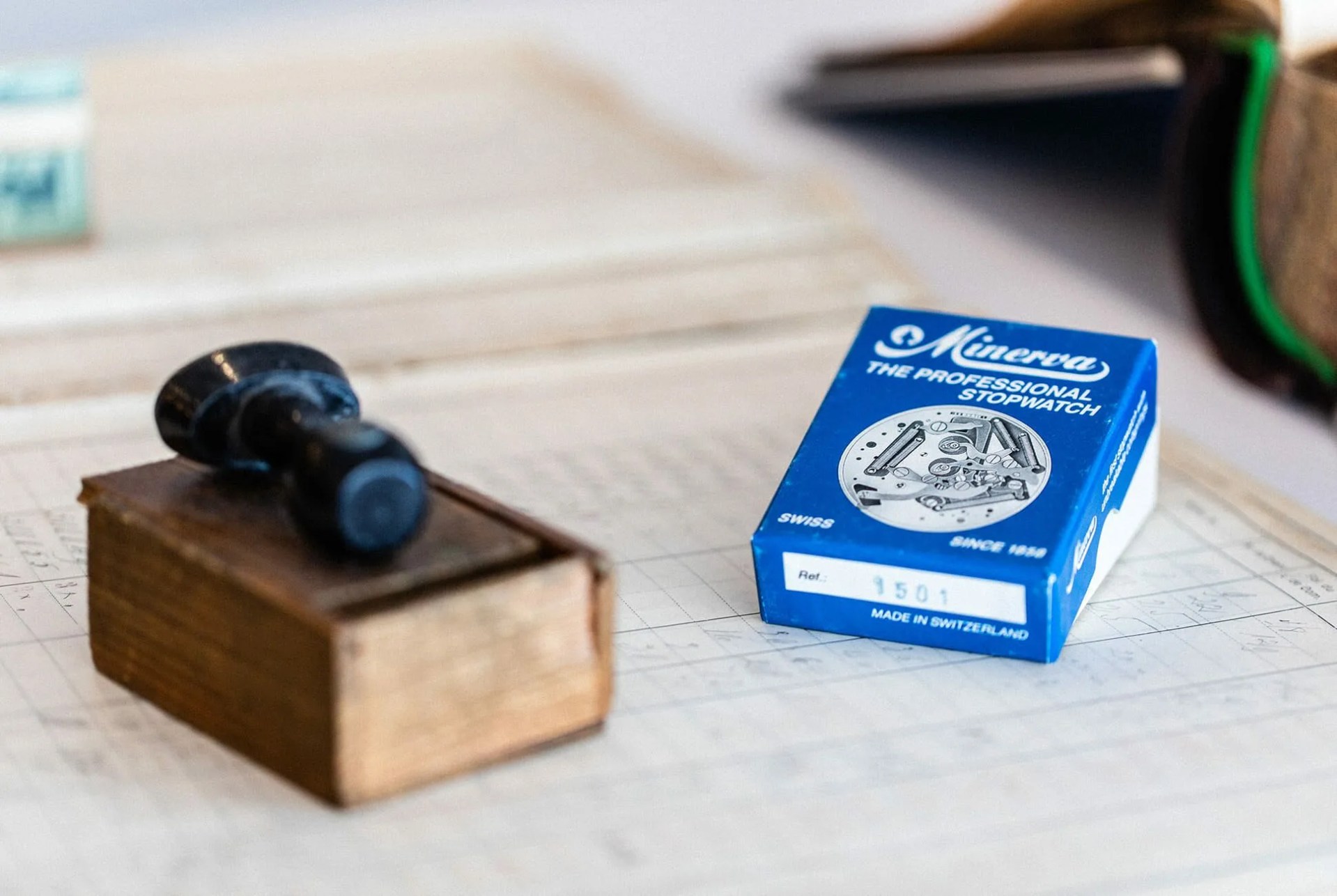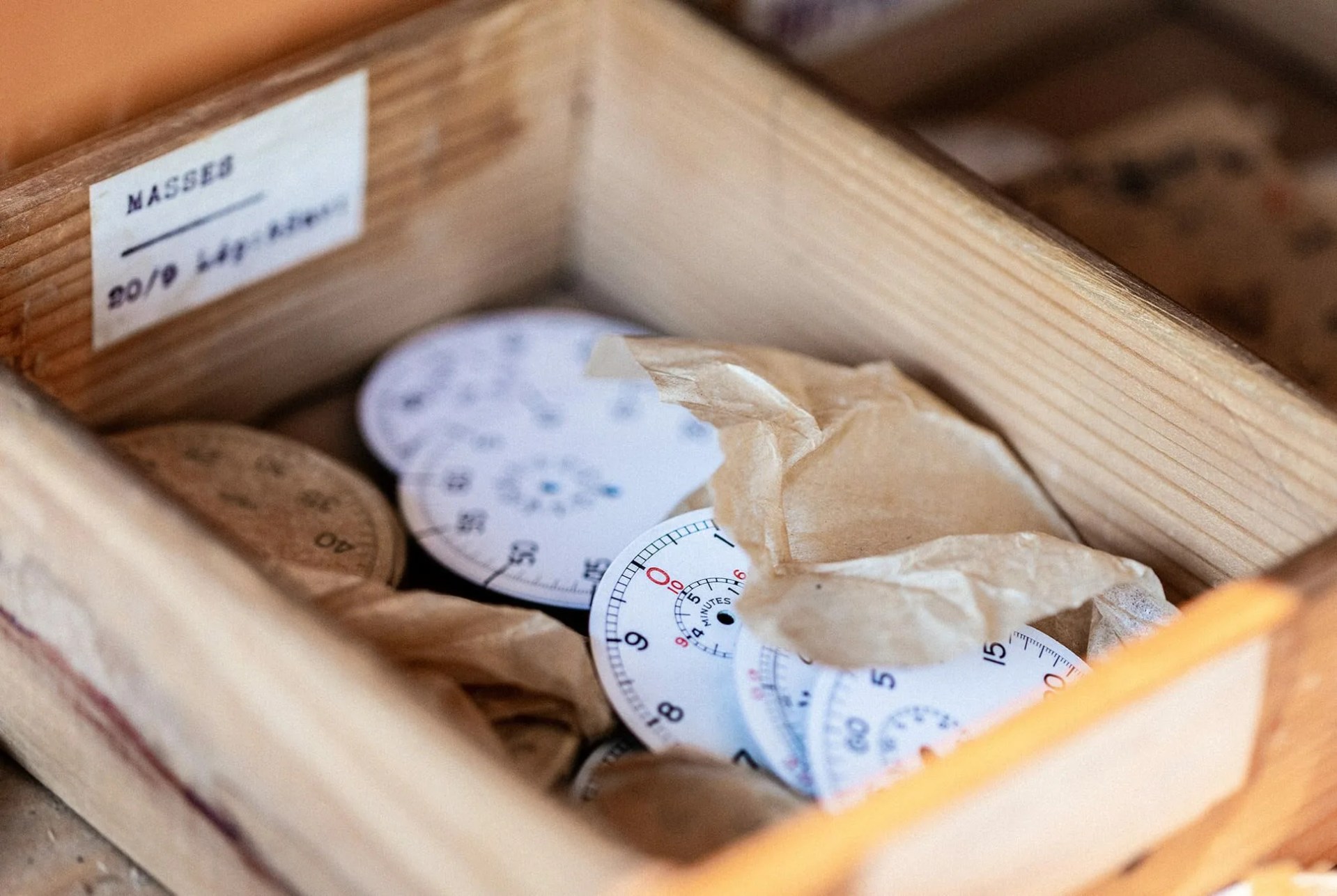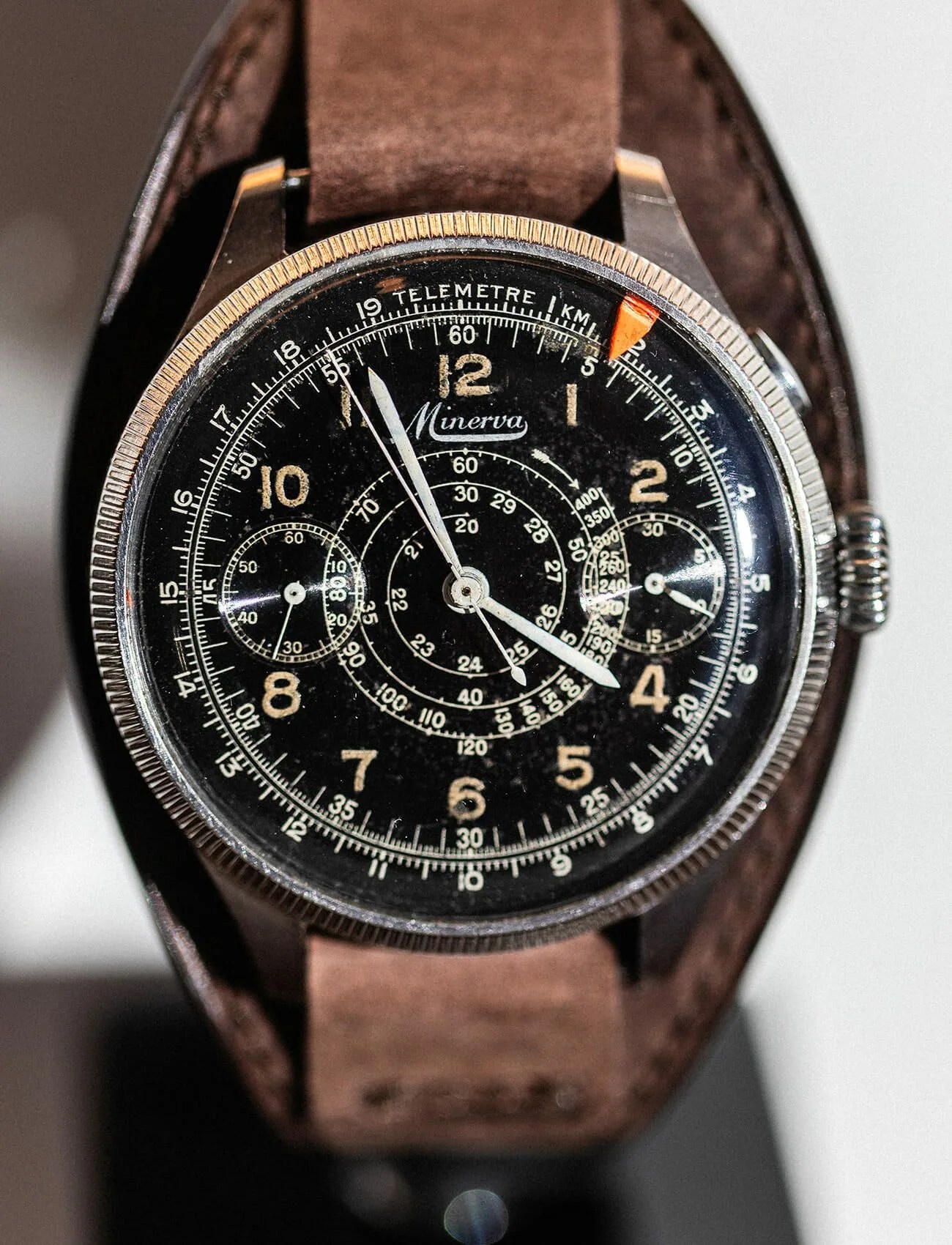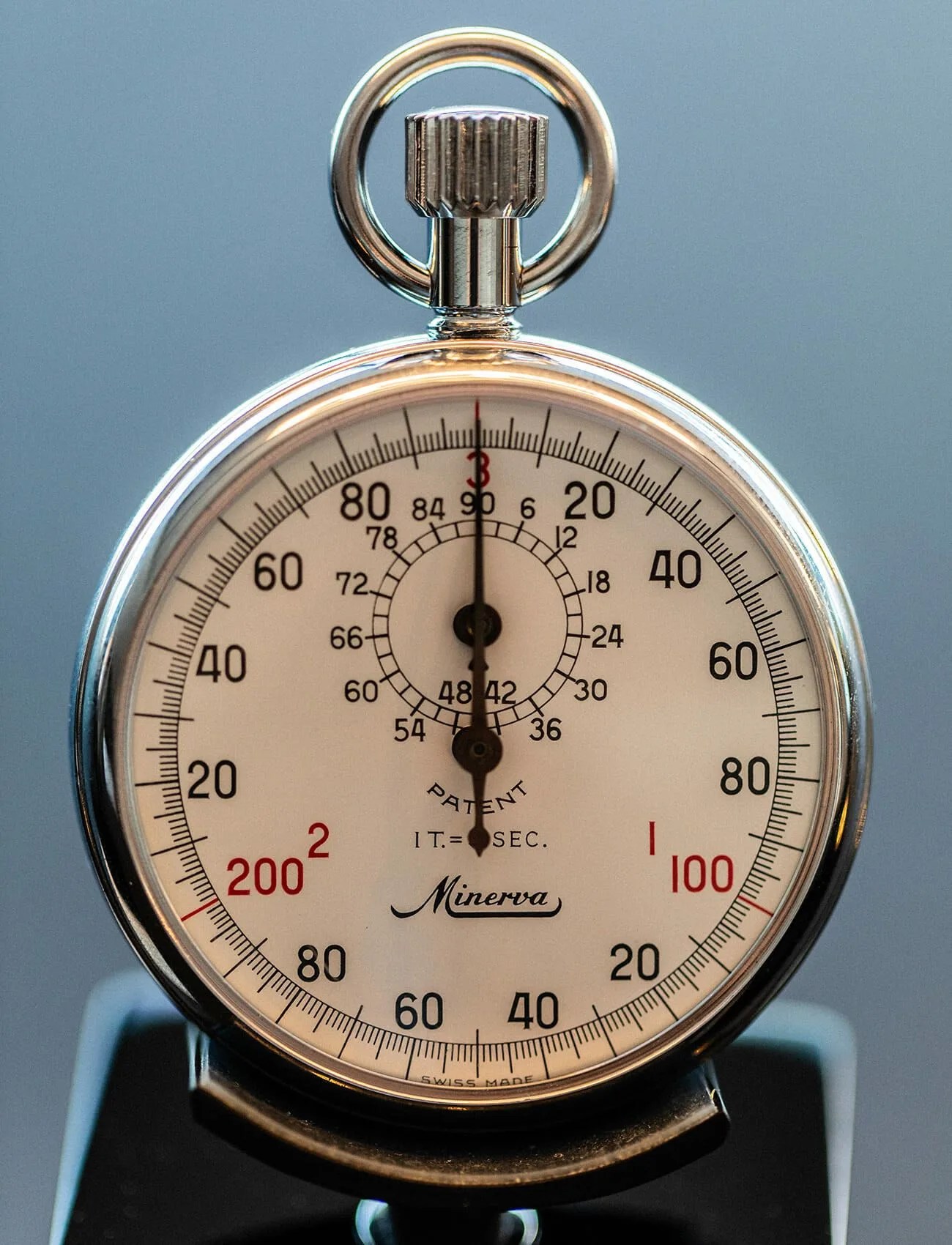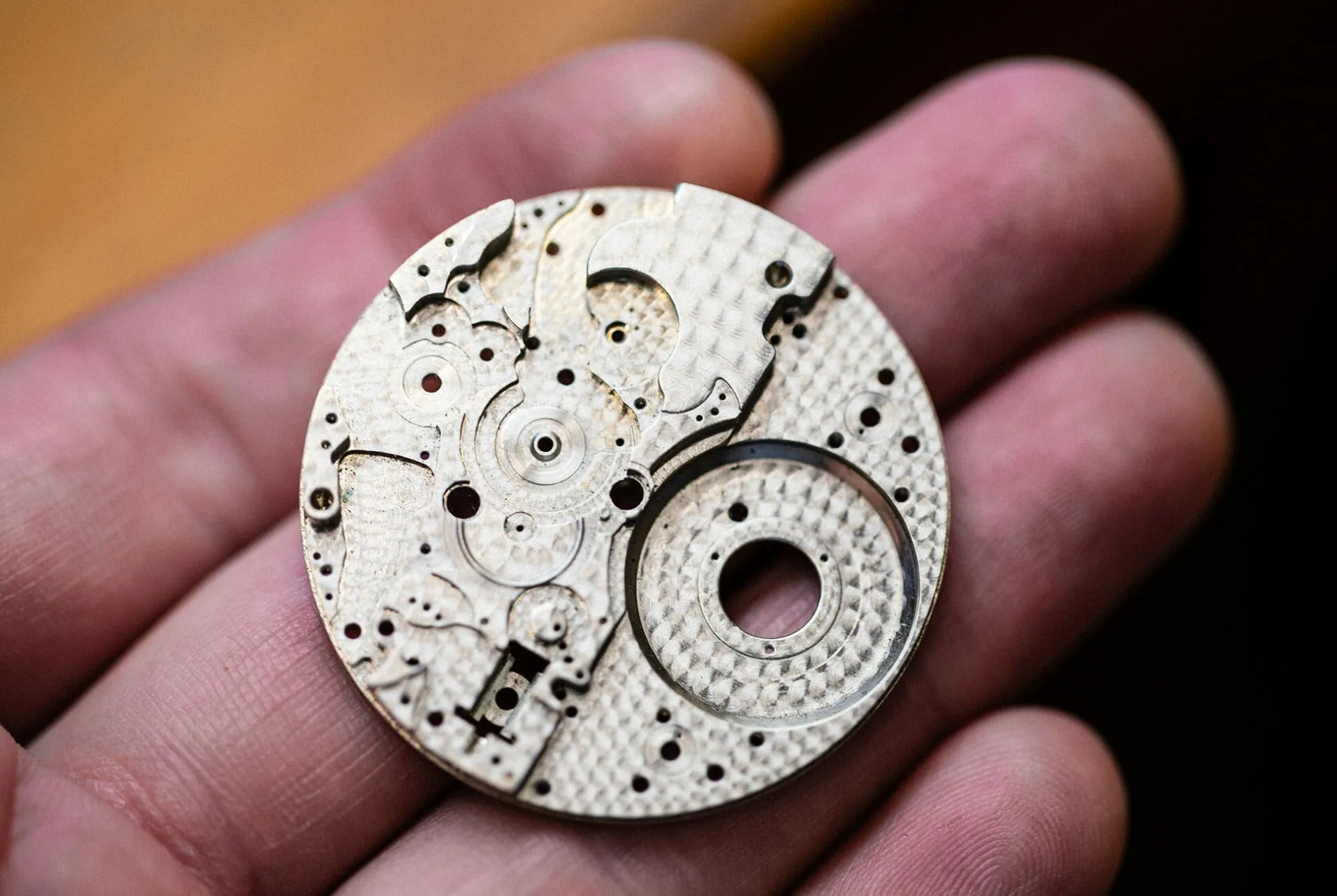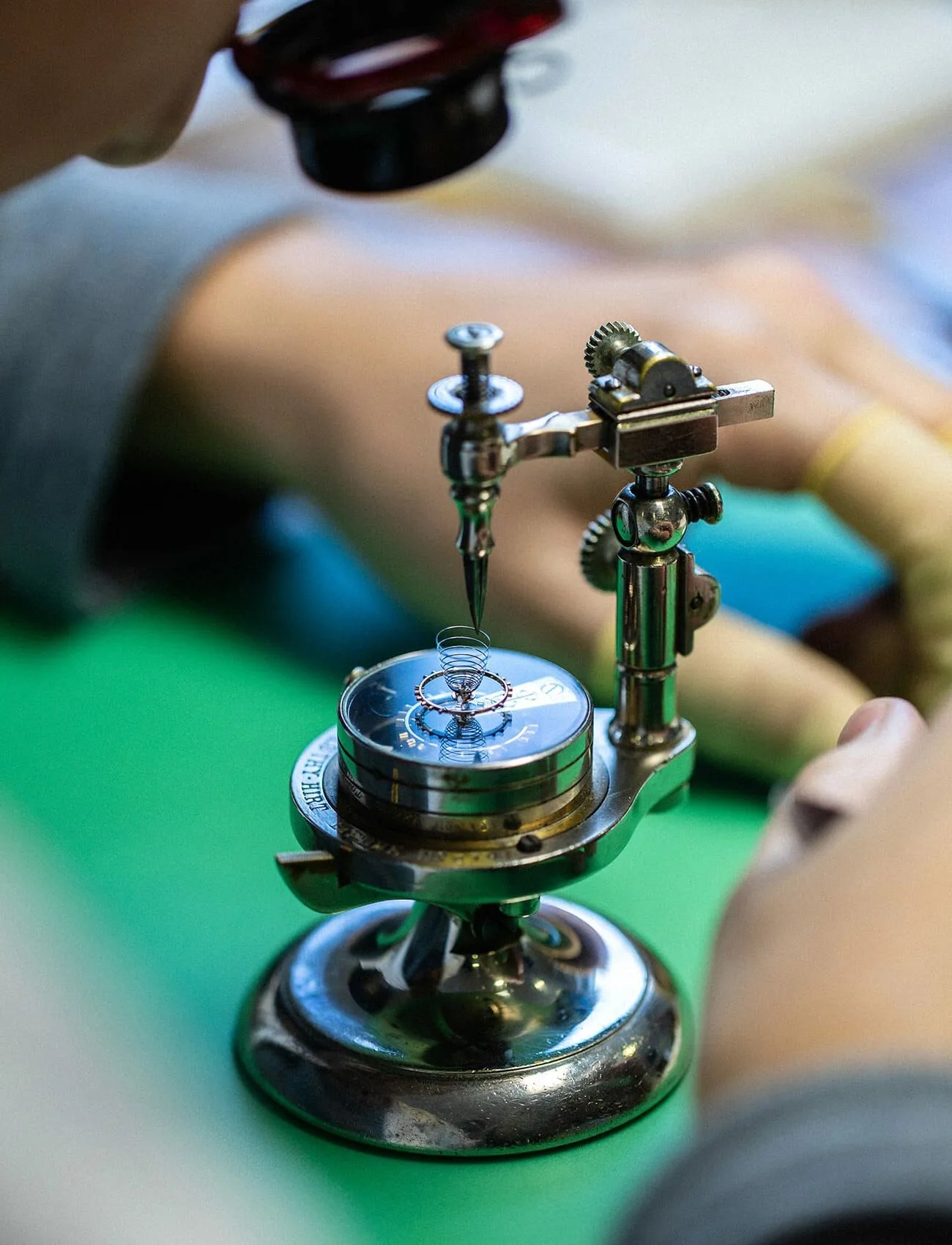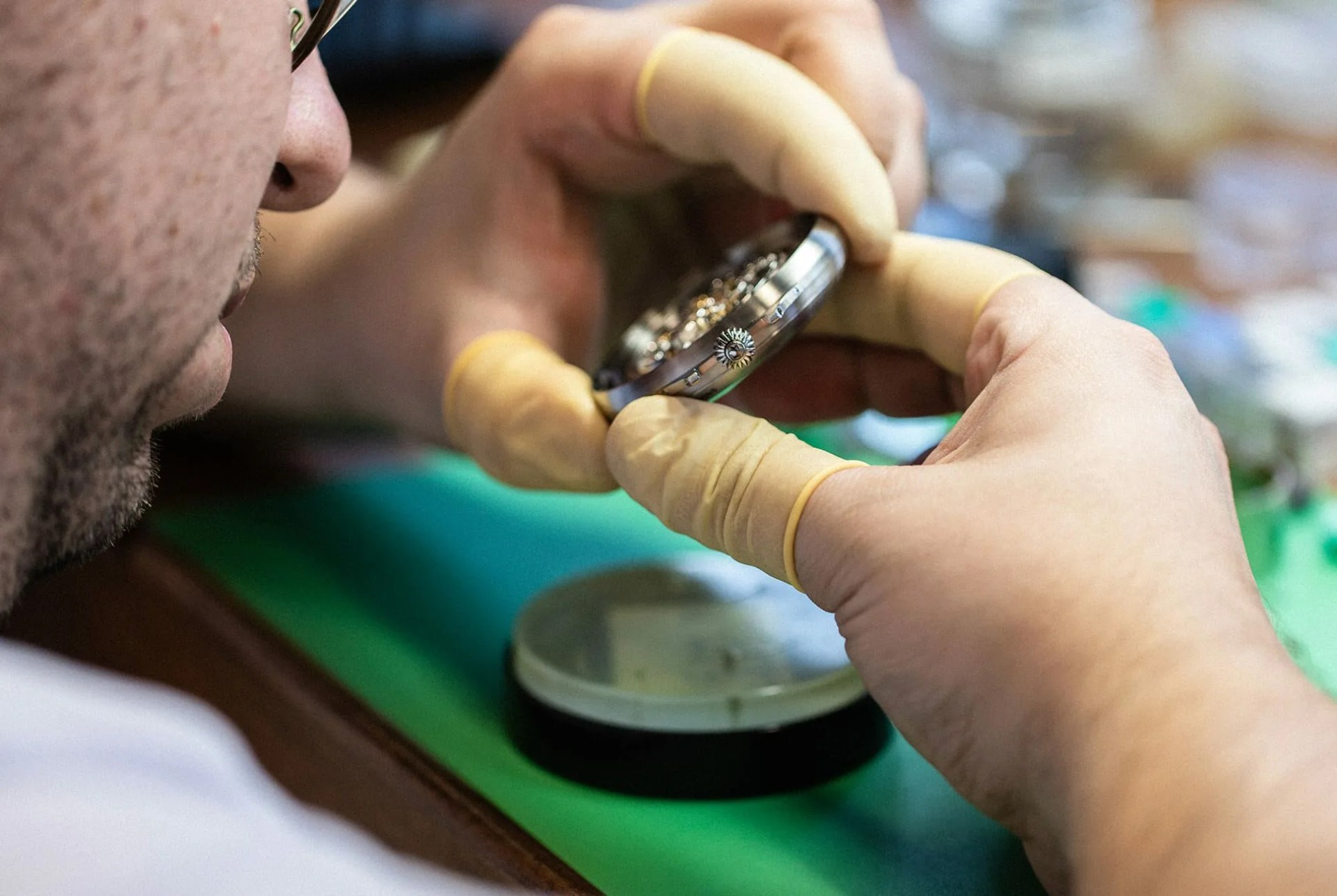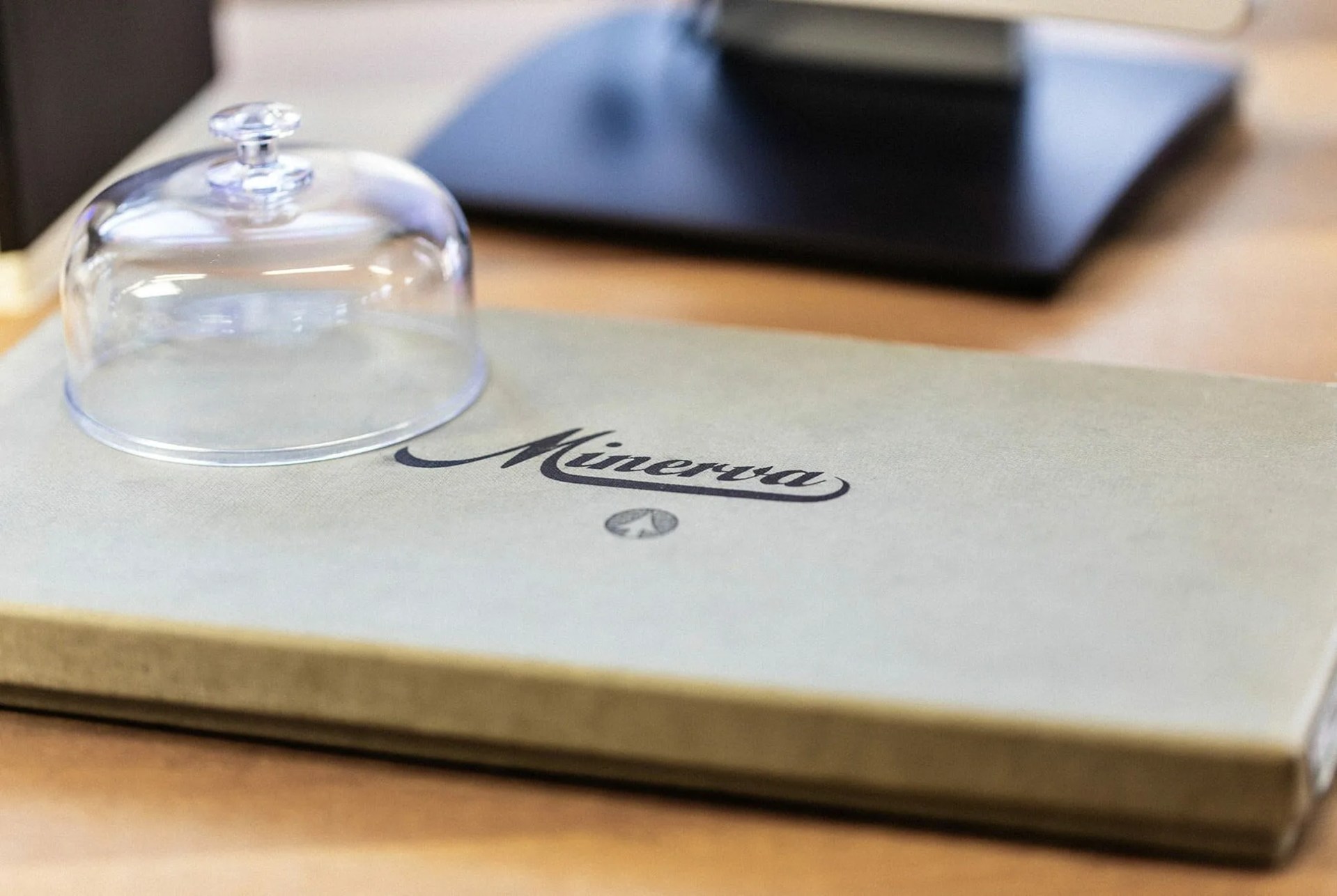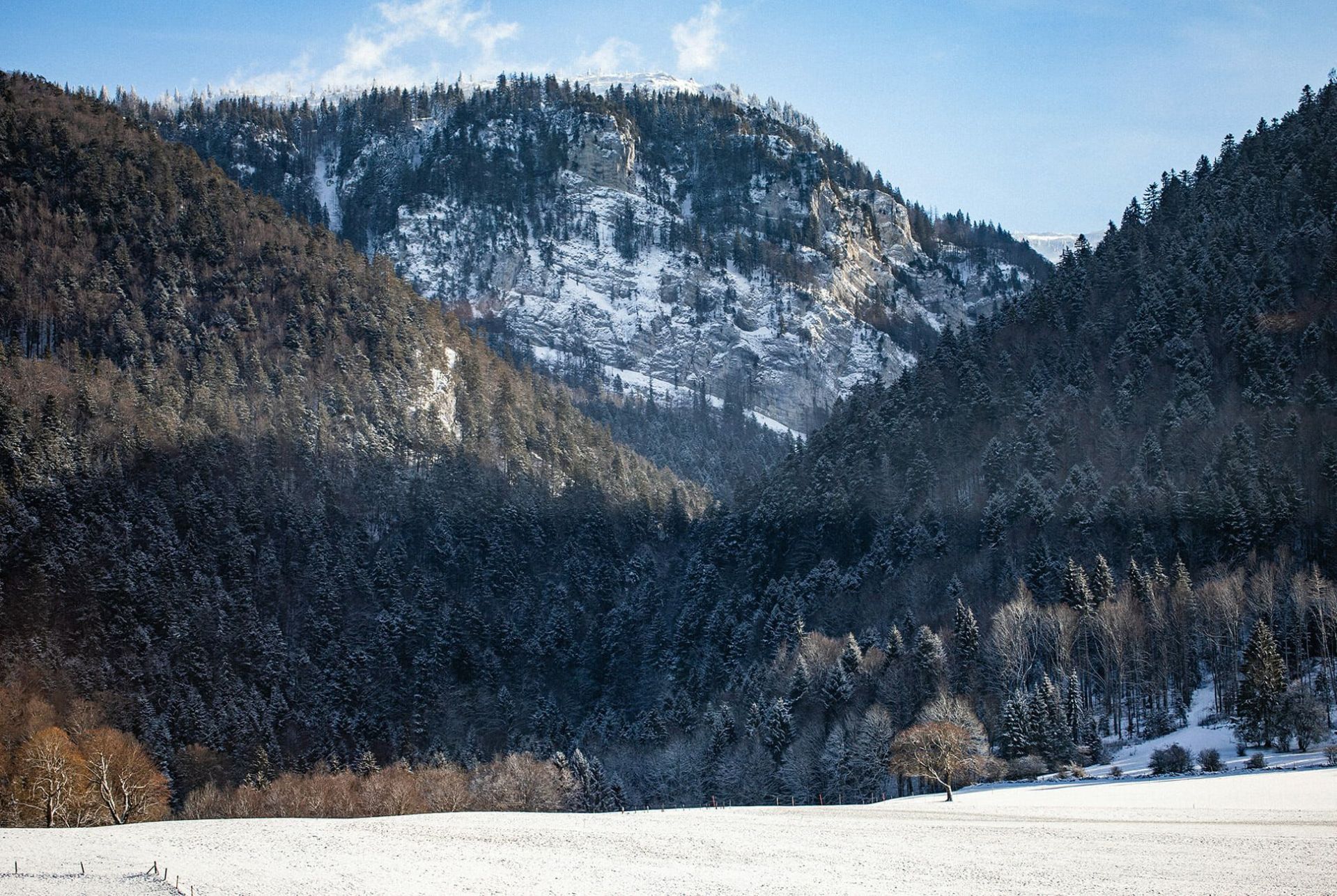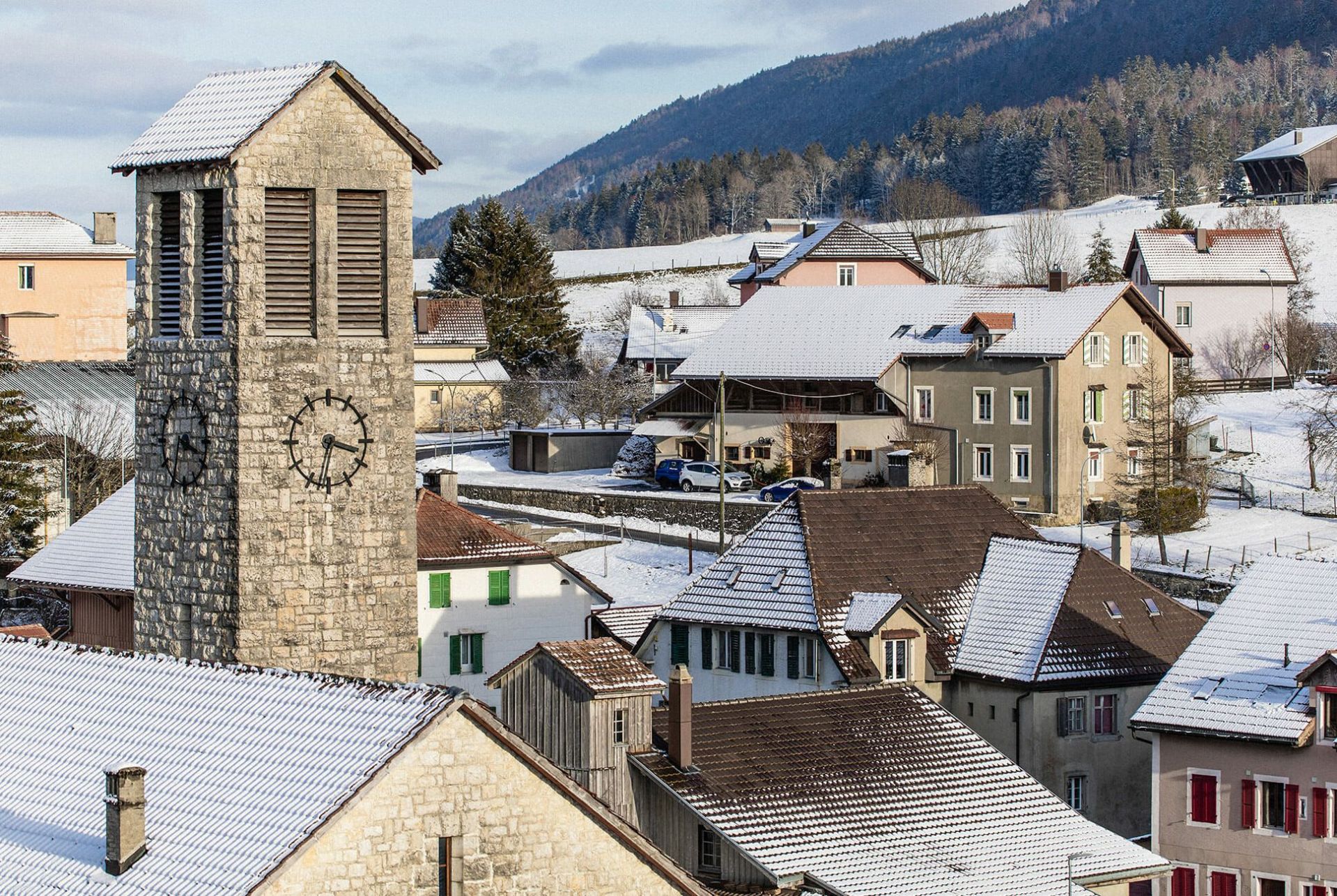Driving through the Swiss Alps feels like a timeless experience insomuch as the scenery seems unchanged from that of, say, 200 years ago — a cotton-like mist of snow covers cozy wooden houses in small villages, obscuring everything farther than 30 feet away from you; white church spires pierce the sky and sheep seem to outnumber their human counterparts. This is the beautiful, isolated environment in which Swiss watchmaking germinated and from which it was subsequently disseminated to the world.
Though Montblanc, a company perhaps most recognizable for its beautiful writing instruments, only began producing watches in 1996, it has certainly come a long, long way in a very short time, diversifying into several different lines (such as the 1858 and Heritage Collections, most recently) and flexing its horological muscle. When it acquired the Minerva manufacture, which has been making watches continuously since 1858, Montblanc inherited a storied history that allowed it to expand into the heritage watch space, crafting new designs that harken back to the golden age of mechanical watchmaking of the last century.
We recently partook in a journey to discover Montblanc’s watchmaking facilities, which are located about 40 minutes from one another in the Jura Mountains.
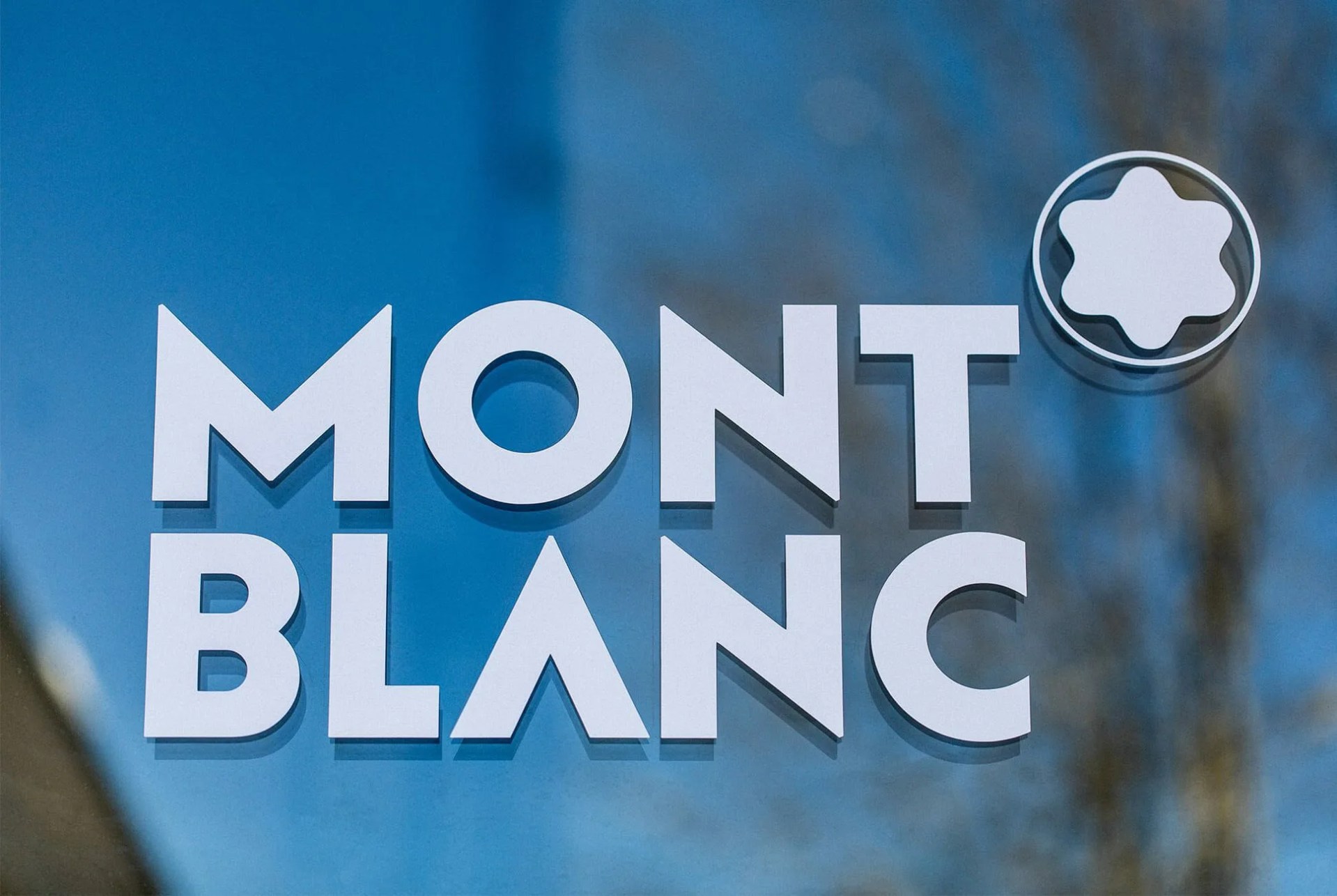
The Montblanc “snow peak” logo adorns the company’s Le Locle facilities, spread over two buildings high in the mountains about two hours outside Geneva. Montblanc itself was established in 1906 in Germany and is still headquartered in Hamburg (where its pens are produced), though watch production takes place in Switzerland, and leather goods production in Italy.
